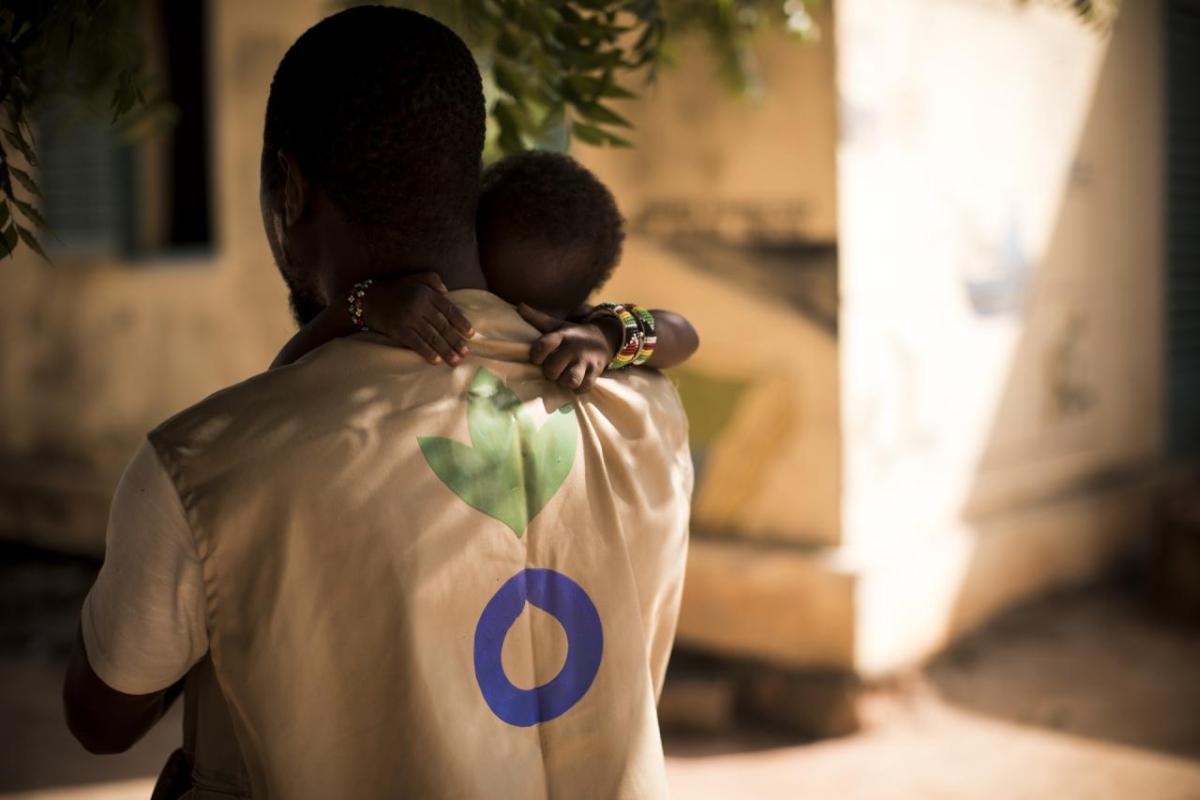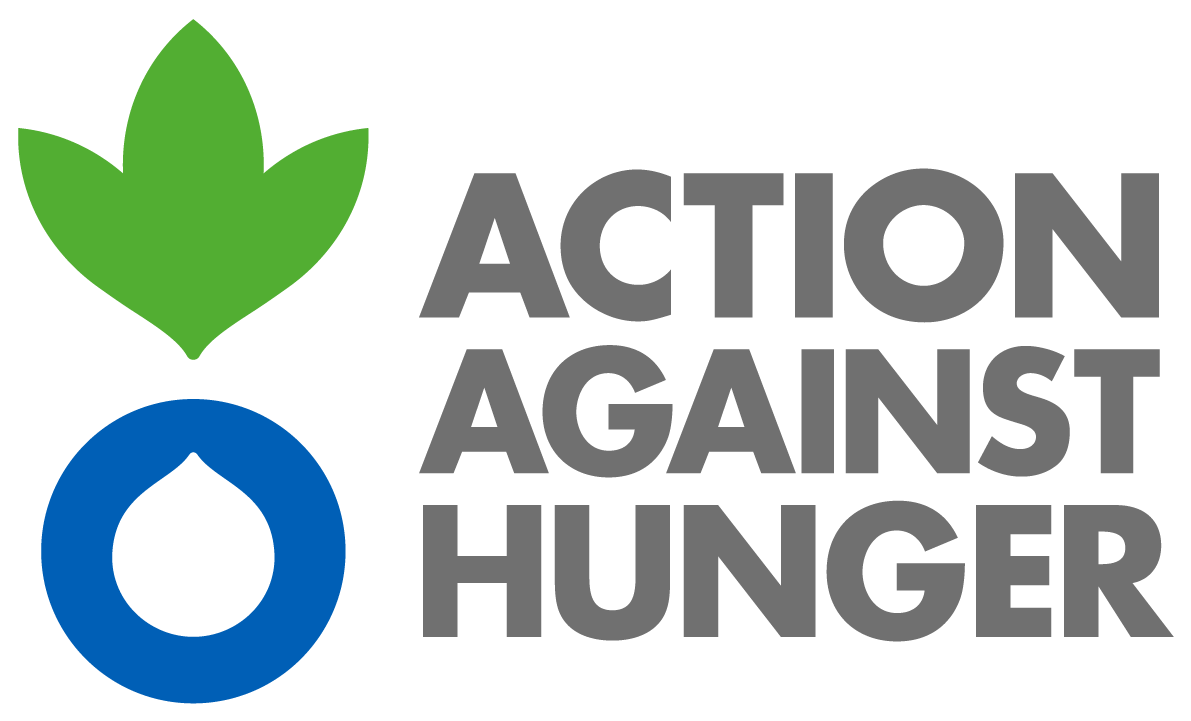Safety at Work Is a Basic Right. But for One Group, Risks Are Rising.

Is your Uber Eats or DoorDash driver safe at work? Maybe not as much as you’d hope. Although injuries at work have fallen in the U.S. over the past 50 years, delivery drivers experience more fatal work injuries than any other group, making their job even riskier than construction or mining.
Coincidentally, concerns about safety at work is something they have in common with others who also deliver food, but in very different contexts: humanitarian aid workers.
Rising Risks
Humanitarian workers provide assistance to civilians affected by natural disasters and conflicts, without taking sides or advancing a political agenda. As frontline workers in times of crisis, humanitarians provide potentially lifesaving services like food, shelter, healthcare, and sanitation. We also can help communities achieve the level of stability that is essential for long-term recovery and growth.
This work often involves significant safety risks, which can include:
- Natural disasters: Natural disasters expose aid workers to hazards ranging from flood waters to post-earthquake infrastructure instability and aftershocks. As people who can flee often do, humanitarian workers stay to help in a dangerous work environment. The climate crisis is making things worse, with more frequent and severe storms as well as extreme and increasingly deadly heat in many places.
- Health risks: Working in places with typically high disease burdens and limited sanitation or healthcare infrastructure can expose humanitarians to infectious diseases such as malaria or cholera. The demanding, often heartbreaking, work itself can take a toll on mental health, as well.
- Violence and injury: In areas of conflict or post-conflict instability, humanitarian workers can face direct threats from armed groups as well as the unintended impact of military operations and even unexploded ordnance such as land mines. In high-conflict areas, drivers are usually responsible for negotiating security checkpoints as they transport other staff and life-saving supplies, making drivers particularly important and potentially vulnerable.
While all of these risks are serious, violence may be uniquely preventable. Yet, the number of attacks on aid workers has surged since 2015, with more humanitarians being robbed, assaulted, abducted, and killed. There was a staggering 45% year-over-year increase in violence in 2022 (the last full year on record), which marked a decade-long highpoint. While official data aren’t yet available, we fear things are getting worse.
In Gaza alone, at least 196 humanitarian workers have been killed since October 2023, which is nearly triple the annual death toll recorded in any other conflict. We continue to mourn the tragic deaths of seven of our counterparts from World Central Kitchen, an organization that shares our dedication to getting emergency food aid to people in desperate need. Sadly, they are not alone.
Last year, South Sudan was the most dangerous context for humanitarian workers, with Haiti and Ukraine now joining the short list of countries with the highest number of reported incidents. The situation isn’t just an outrage: it’s illegal.
The too-short arm of the law
International law is clear: the safety of humanitarian workers is not negotiable. Donors, diplomats and the general public can have meaningful influence in encouraging safe access for humanitarian workers–as well as the safety of the people they support. How?
A recent report from a group of NGOs and other experts, including Action Against Hunger, identified several priorities. They include:
- Safeguard humanitarian space: Humanitarian workers have the right to safely access the civilians they aim to help. Breaches of international humanitarian law should always be addressed, from the UN Security Council, at the highest levels of governments, by donors and other influencers. Together, we can systematically call for and fund investigations to ensure humanitarians are protected and any crimes against them are punished, fully, publicly and routinely.
- Unlock the power of data: In this era of AI and predictive analytics, data could be a powerful tool that helps promote safety. Better data collection and analysis could help pinpoint potential pain points and overcome logistical challenges in conflict zones and remote regions, which increase the vulnerability of humanitarian workers during travel or field operations.
- Prioritize local workers: The global community too often prioritizes international staff, when national personnel—people who provide critical humanitarian assistance in the countries where they’re from—are the most frequent victims of attacks. Donors and others must ensure that local organizations, including women’s rights and women-led organizations, receive attention and enough funding to promote safety. That’s particularly important in areas that international staff cannot access, which is often the case in conflict zones.
Everyone should be safe at work, whether they are delivering emergency aid, delivering groceries, or doing something else altogether. Today, not everyone is. Progress is possible, and that starts with awareness – and outrage. The World Day for Safety and Health at Work, April 28th, should be a time for both.
About Action Against Hunger
Action Against Hunger leads the global movement to end hunger. We innovate solutions, advocate for change, and reach 28 million people every year with proven hunger prevention and treatment programs. As a nonprofit that works across 55 countries, our 8,900 dedicated staff members partner with communities to address the root causes of hunger, including climate change, conflict, inequity, and emergencies. We strive to create a world free from hunger, for everyone, for good.
**
Photo by Toby Madden

